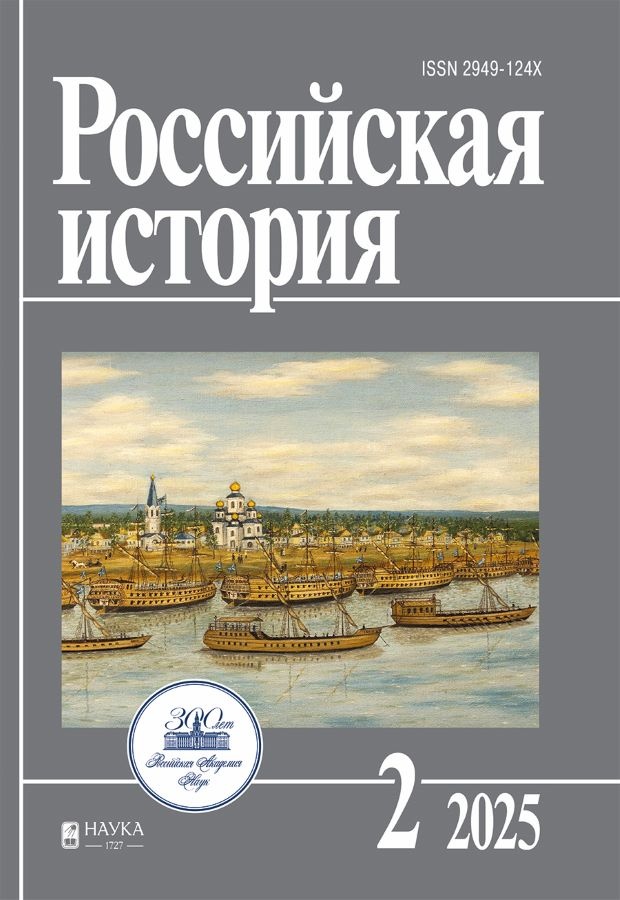Kumpanstvo of Metropolitan Joasaph of Rostov and Yaroslavl (1696–1700)
- Authors: Shamina I.N.1
-
Affiliations:
- Institute of Russian History, Russian Academy of Sciences
- Issue: No 2 (2025)
- Pages: 85-103
- Section: Institutions and communities
- URL: https://rjraap.com/2949-124X/article/view/685798
- DOI: https://doi.org/10.31857/S2949124X25020181
- EDN: https://elibrary.ru/DRMCHZ
- ID: 685798
Cite item
Abstract
The history of the Peter the Great era has repeatedly attracted the attention of researchers. Many documents on this topic have already been introduced into scientific circulation, but they are still scattered and it is difficult to imagine the overall picture based on them. Fundamentally new data for the study of Peter's settlements is provided by the complex of parish and expense books of the Rostov Metropolitan Joasaph's monastery, which I have identified in the fund of the Monastery Order of the Russian Academy of Sciences (f. 237). As part of the archive file (d. 20), 25 documents related to the work of the kumpanstvo from 1697 to 1700 have come down to us. They allow us to comprehensively examine the mechanisms of its operation and cover a fairly wide range of issues: financing the construction of ships, the organization of shipbuilding management in Voronezh, the interaction of the leadership of the Rostov Shipyard with government officials, the circle of persons involved in the construction of the fleet, the stages of construction work and the daily life of representatives of the shipyard at the Voronezh shipyard. Using a specific example, the author reveals the role of the Church in fulfilling the most important state tasks set by Peter I.
Full Text
About the authors
Irina Nikolaevna Shamina
Institute of Russian History, Russian Academy of Sciences
Author for correspondence.
Email: хх@mail.ru
Candidate of Historical Sciences
Russian Federation, MoscowReferences
Supplementary files










